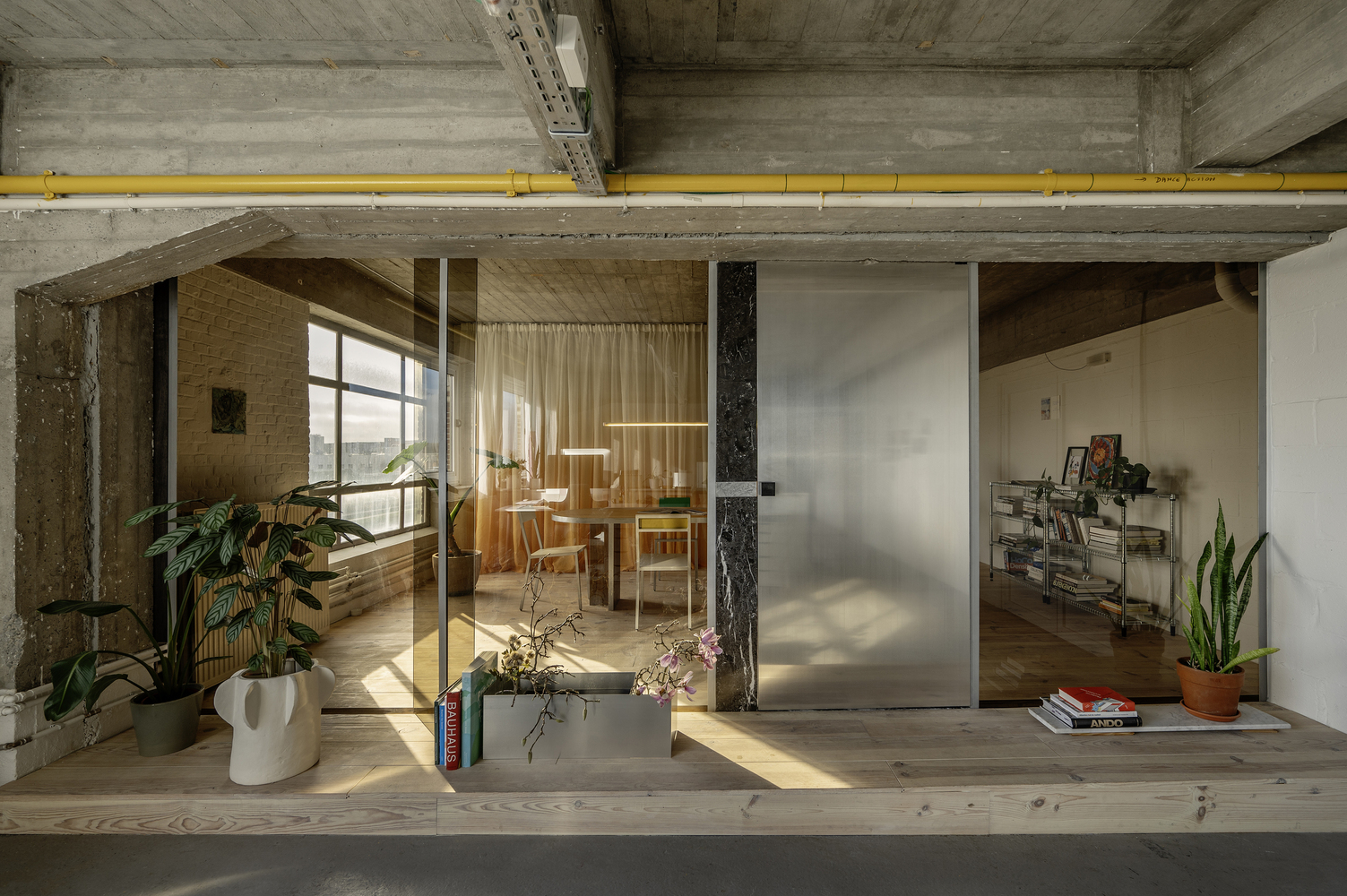The Hidden Mechanics of Doors: How Hinges, Tracks, and Pivots Shape Spatial Experience
The choice of door types plays a crucial role in defining the spatial experience and atmosphere of architecture. Beyond material or style, the way a door is detailed—its movement, weight, and method of operation—can drastically influence how a space is perceived and navigated. However, what truly enables the functionality of different door types is the often-overlooked element of door hardware. Even within the same door type, the selection of hinges, tracks, pivots, and handles can significantly affect how users interact with and interpret the space.
As Juhani Pallasmaa famously stated, “The door handle is the handshake of the building.” The hardware of a door—its movable parts—directly shapes how we engage with architecture, influencing our sensory and spatial awareness. Rather than focusing solely on the materiality, finishes, or stylistic variations of knobs and handles, the emphasis lies in how different types of hardware impact spatial flow and user experience. By examining hinges, tracks, and pivots, designers can better understand the nuanced ways in which these elements contribute to an architectural narrative.


 Picture: Nick Claeskens
Picture: Nick Claeskens
Comments :